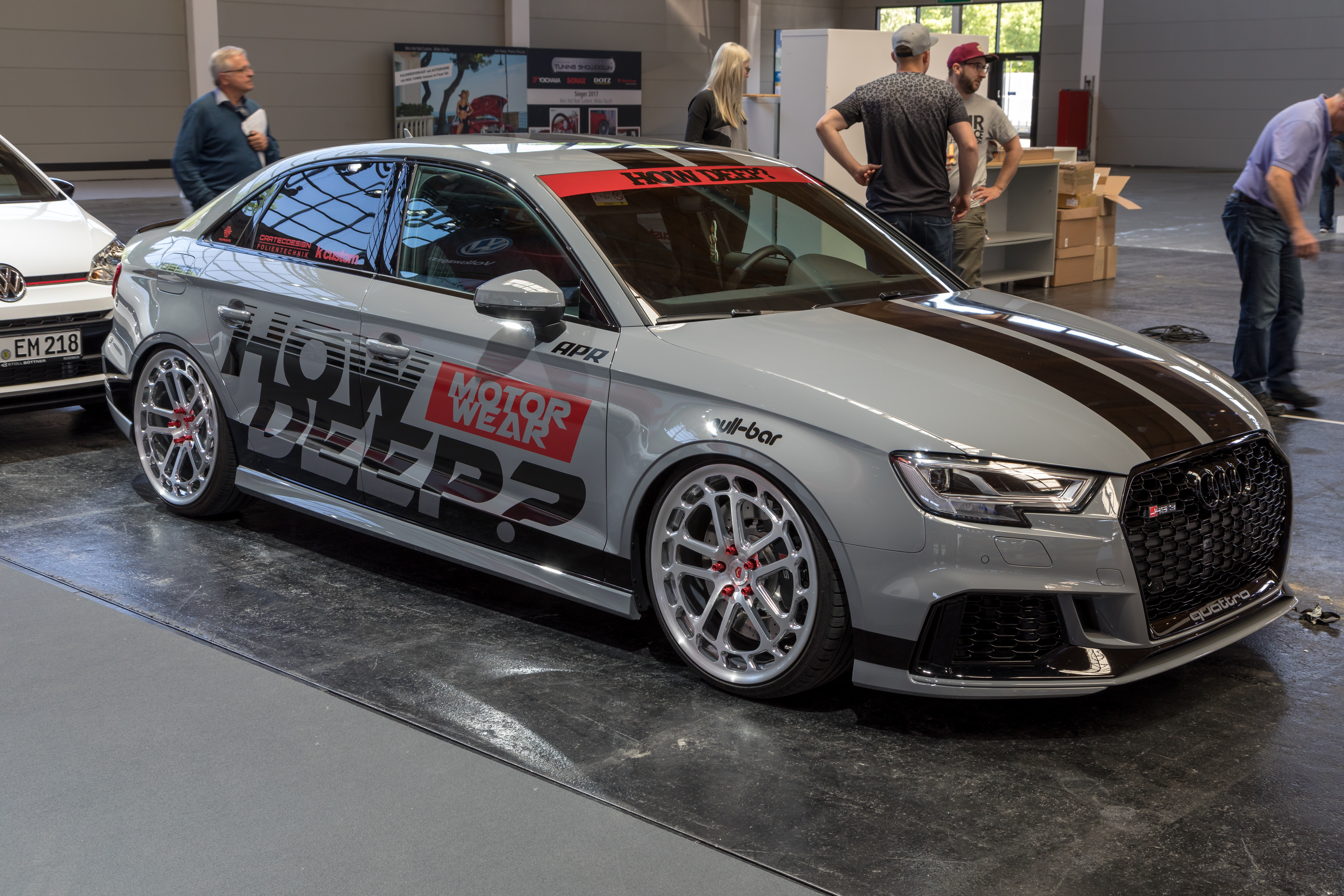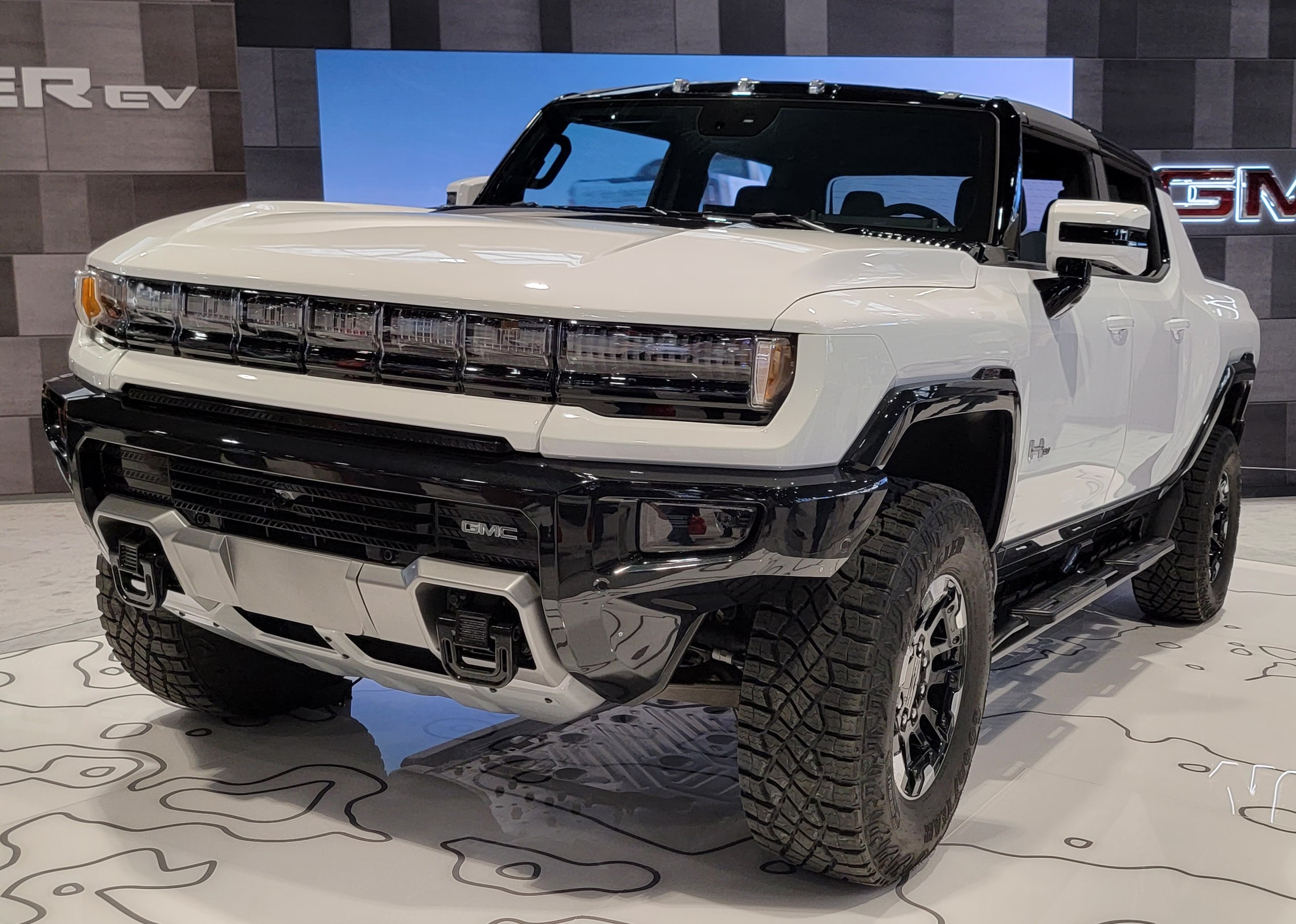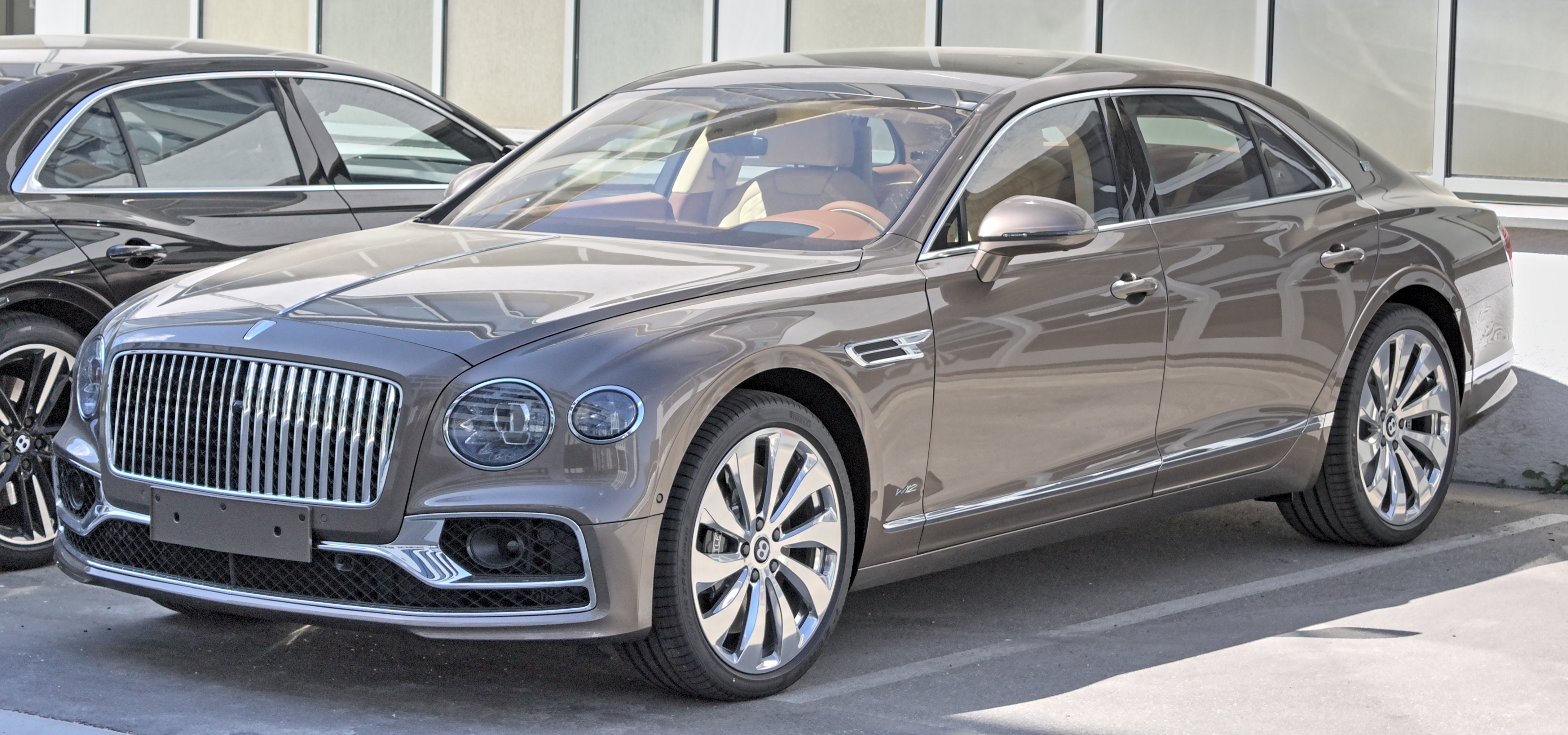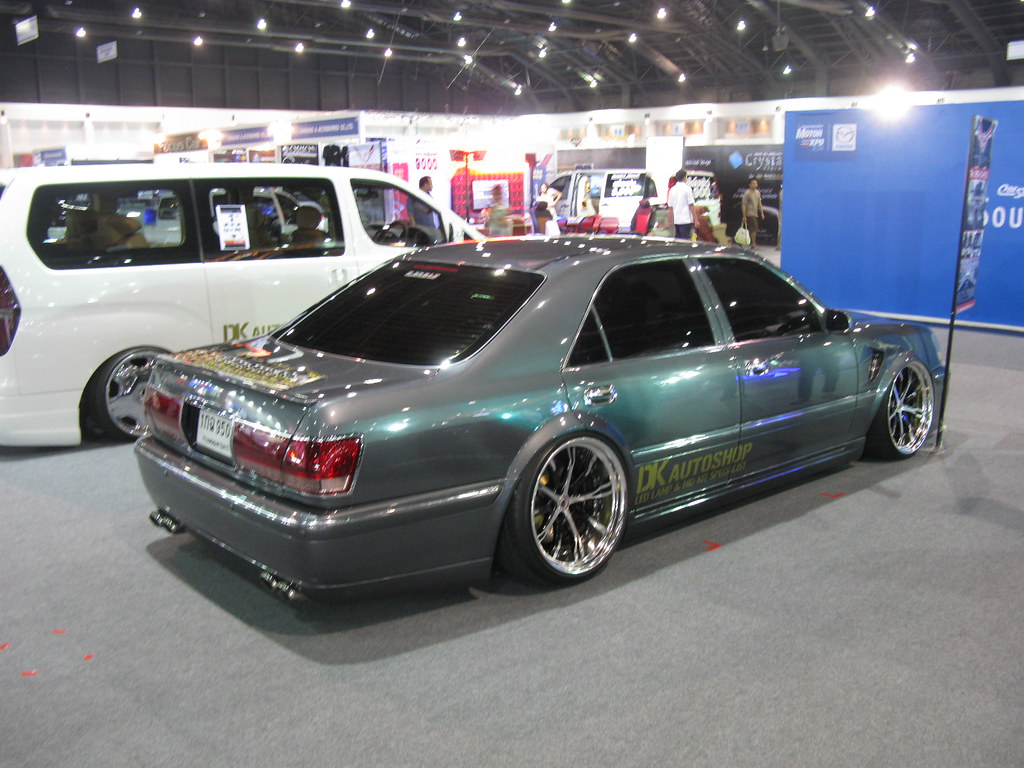
Over the past two decades, the automotive industry has been a hotbed of innovation, yet not every car has fulfilled its lofty promises. Join us as we examine some of the most overestimated vehicles of the 21st century, exploring their features and performance flaws. Each car’s story offers insights into the shifting interests of consumers and highlights how certain models, despite their impressive presentations, have ultimately underperformed against expectations.

1. **Rolls-Royce Boat Tail**: This luxury car encapsulates opulence and exclusivity, with a price tag that reflects its bespoke nature. However, it raises the question of whether its extravagant features justify the hype and price, or if it’s merely a status symbol.
2. **Cadillac Escalade (1999)**: Since its debut, the Escalade has been a cultural icon and luxury SUV, but its overestimation lies in how its sheer size and branding overshadow genuine driving performance and innovation. While it boasts impressive cargo space and luxury features, has it truly been a game-changer in the SUV market?

3. **Porsche Cayenne (2002)**: As the first luxury SUV from a sports car manufacturer, the Cayenne brought performance to the segment. However, some enthusiasts argue that its weight and bulk prevent it from embodying the true Porsche spirit, making it more overestimated than celebrated.

4. **Lamborghini Gallardo (2003)**: Known for revolutionizing the supercar market, the Gallardo’s performance and reliability marked a significant shift for Lamborghini. Nonetheless, its mass production and appeal to a broader audience sometimes overshadow the brand’s heritage and exclusivity, leading to questions about its worthiness as a true exotic car.

5. **Bugatti Veyron (2005)**: The Veyron is frequently celebrated as the epitome of automotive excellence, boasting mind-blowing performance stats. However, its astronomical price tag and impracticality for everyday driving raise critical questions about whether it truly deserves the title of ultimate supercar or if it’s merely an overhyped engineering feat that few can practically enjoy.

6. **Ford Mustang Shelby (2005)**: The reintroduction of classic aesthetics and performance through the Shelby variant evokes a strong sense of nostalgia. Nonetheless, some fans criticize its modern interpretation as a departure from the original muscle car spirit, prompting a debate over whether it’s overestimated rather than a genuine continuation of the celebrated legacy.

7. **Lexus RX 400H (2006)**: As a pioneer in hybrid luxury SUVs, the RX 400H set new standards for fuel efficiency. Yet, the question remains whether its performance and driving experience truly match the expectations set by its revolutionary image, or if it simply rides the coattails of being a hybrid leader.

8. **Tesla Model S (2012)**: The Model S shook up the automotive world with its groundbreaking electric performance and advanced technology. Yet, its overestimation often stems from the hype surrounding its range and capabilities, which many argue do not always align with real-world usability and reliability, leading to a mixed reception among drivers.

9. **Ferrari La Ferrari (2013)**: This hybrid hypercar represents the pinnacle of Ferrari’s engineering prowess, yet it often faces scrutiny for its accessibility and the practicality of hybrids in the supercar realm. Questions linger on whether its hybrid technology will ultimately live up to the performance expectations associated with the Ferrari name.

10. **Aston Martin DBS Superleggera (2018)**: The DBS Superleggera is often described as a masterpiece of design and power. Yet, there are discussions about whether the actual driving experience and performance live up to the lofty expectations set by its stunning aesthetics and heritage.

11. **Rimac Nevera**: Known for its exceptional power and innovative electric design, the Nevera emerges as a trailblazer for future EVs. However, can it truly deliver practical performance and reliability, or is it merely a testament to what could be, rather than a car for the everyday driver?

12. **BMW IX**: Marketed as a forward-thinking electric vehicle, the iX’s focus on sustainability often overshadows practical performance metrics that buyers typically seek in premium vehicles. Whether it truly lives up to the electric vehicle hype remains to be seen.

13. **GMC Hummer EV**: The rebirth of the Hummer as an electric vehicle boasts impressive specs and off-road capabilities. However, its heavy weight and size may detract from its practicality, leading some to question whether it’s genuinely revolutionary or just a nostalgic throwback.

14. **Bentley Flying Spur V8**: Striving to merge luxury with sustainability, the Flying Spur aims to make significant strides towards electrification. However, car enthusiasts question whether it can uphold the true essence of Bentley luxury while adapting to modern environmental demands, marking it as a fascinating yet potentially overrated addition to the esteemed lineage.

15. **Rivian R1T**: Hailed as a game-changing electric pickup, the R1T integrates utility with modern advancement. However, its success will depend on its ability to deliver on promises of performance and practicality in the competitive truck market.

16. **Polestar Precept**: As a manifesto for the new electric brand, the Precept emphasizes sustainability. Yet, its status as a production vehicle raises questions about its practicality versus its conceptual appeal. Will it succeed as a market offering or remain a design study?

17.**McLaren Artura**: This hybrid supercar showcases McLaren’s engineering capabilities, but the challenge lies in balancing performance with hybrid technology. Its commitment to weight-saving and performance will determine whether it’s overestimated or a genuine competitor in the supercar arena.

18. **Rimac Nevera**: Known for its exceptional power and innovative electric design, the Nevera emerges as a trailblazer for future EVs. This Croatian hypercar delivers an impressive 1,914 horsepower and can sprint from 0 to 60 mph in just 1.85 seconds, showcasing the pinnacle of what’s achievable with electric powertrains. However, questions linger about its practicality for daily use and whether it can maintain its performance in real-world conditions, or if it’s merely a showcase of technological prowess rather than a viable everyday vehicle.
Each of these cars has sparked conversation and debate, reflecting the shifting automotive landscape and consumer expectations. While some may have found success, others serve as reminders that not every anticipated vehicle can deliver on its promises, highlighting the fine line between ambition and reality in the automotive world.

19. **BMW IX**: As BMW’s first all-electric vehicle, the iX embodies a focus on utility while promoting sustainability. Its innovative features include a range of up to 300 miles and an opulent interior crafted from repurposed materials. Despite its impressive specs, some enthusiasts wonder if it delivers the driving pleasure synonymous with the BMW brand, or if it’s simply a nod to the growing electric vehicle market without the dynamic performance that enthusiasts crave.

20. **GMC Hummer EV**: The reincarnation of the iconic Hummer as an electric vehicle has generated massive buzz. With a hefty weight of over 9,000 pounds and a power output of 1,000 hp, the Hummer EV promises impressive off-road capabilities and rapid acceleration. Yet, its size and weight raise questions about its practicality in everyday driving scenarios. Is it a groundbreaking step towards sustainable off-road vehicles, or simply a heavy nostalgia trip?

21. **Bentley Flying Spur V8**: Renowned for its opulent offerings, Bentley’s Flying Spur V8 seeks to harmonize traditional luxury with contemporary electrification initiatives. While it boasts impeccable design and craftsmanship, there’s lingering skepticism about its ability to deliver the quintessential Bentley experience amid its electrification efforts. Will it appease traditionalists while attracting eco-conscious buyers, or will it ultimately fall short of the high expectations set by its prestigious heritage?

22. **Rivian R1T**: Positioned as a game-changing electric truck, the Rivian R1T boasts impressive specs such as 800 hp and a 0-60 mph time of just 3 seconds. With a range between 300 and 400 miles, it aims to redefine the electric pickup segment. However, as traditional trucks remain deeply embedded in American culture, the R1T must prove that it can deliver not just performance but also the rugged utility truck owners expect without compromising on electric innovations.

The automotive industry is currently experiencing a transformative journey, where each model reflects broader trends towards creativity and sustainability. While some vehicles shine in pushing boundaries and reshaping standards, others may be viewed as overrated concerning their actual performance and practicality. The ongoing discussion surrounding these cars highlights the complex relationship between car enthusiasts’ passions and the changing market dynamics. As we navigate further into the 21st century, the tension between aspiration and practicality will continue to ignite debates about what truly defines an iconic automobile.
Related posts:
Iconic Cars of the 21st Century and the Future Models They Inspired
20 craziest car redesigns of the past 20 years
10 Most Advanced Cars Across the Globe | From Koenigsegg Gemera To Honda Civic





